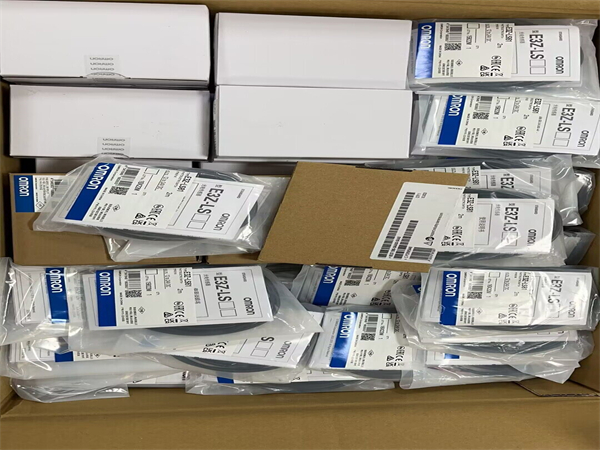
There is a quiet change happening in factories all over. Machines are now smart and connected. This is what we call Industry 4.0, and a key part of this change is the Omron motion controllers.
These advanced motion control systems help manufacturers improve their work, increase efficiency, and gather useful data quickly. But how exactly do Omron motion controllers support Industry 4.0? Let’s find out.
Easy Connection for Smart Manufacturing
The main idea of Industry 4.0 is that people, systems, and machines work together by sharing live data. Omron motion controllers can easily connect with Omron PLC systems, industrial networks, and other automation tools using common methods like EtherCAT and OPC UA.
This allows manufacturers to have extremely integrated manufacturing lines where motion control data is available for higher-level systems such as MES (Manufacturing Execution Systems) and ERP (Enterprise Resource Planning). This equates to more open information, faster decisions, and better processes.
Data-Driven Decision Making
One of the major transformations of Industry 4.0 is the shift between the reactive and anticipative approach to issues. Omron motion controllers assist in the process by collecting extensive data on servo motors, encoders, and sensors. They not only gather this information but also make an analysis and present it to identify problems, when maintenance will be required, and to decrease unexpected failures.
When combined with an Omron PLC controller, companies can develop an automatic adjustment of machine performance locked in on data trends by these controllers. This increases the rate of production, product quality, and operations.
Adaptive Manufacturing at Scale
Industry 4.0 demands flexibility. Production lines need to shift between product models with minimal time loss or re-programming. With their high-speed multi-axis control and simple programming interface (like Omron’s Sysmac Studio), Omron motion controllers allow adaptive manufacturing.
Whether batch manufacturing, mixed-model assembly, or custom manufacturing, these controllers provide scalable and coordinated motion that adapts in real-time. The outcome is a more nimble factory that can adapt to market requirements without sacrificing productivity.
Built-In Safety and Compliance
Today, smart factories must follow strict safety rules while still being productive. The in-built safety functions found in those Omron motion controllers are Safe Torque Off, Safe Stop, and Safe Limited Speed. Such characteristics can protect the workers and comply with the safety standards of various countries (like ISO 13849-1 and IEC 61508).
The system incorporates both safety and machine movements when combined with an Omron PLC controller.
AI and Edge-Ready Automation
Industry 4.0 doesn’t just stop at connectivity. It also adopts edge computing and artificial intelligence. Some of the newest Omron motion controllers feature edge-ready capabilities that process data locally for immediate response, reducing cloud dependency and latency.
Moreover, Omron’s use of AI technology means that predictive analytics can be performed closer to its source. The machines “learn” from patterns of performance, which increases efficiency and lowers costs. For manufacturers looking for more intelligent, quicker operations, this is a revolution.
Conclusion
Industry 4.0 transition is not a trend. It is something manufacturers must do to remain competitive in the digital age. With the application of Omron motion controllers and industrial-grade Omron PLC controllers, businesses can expand automation, intelligence, and flexibility in factories.
If you want to upgrade your automation systems, HONGKONG XIEYUAN TECH CO., LTD. offers real, high-quality Omron products designed for industrial success. Work with us to confidently move towards Industry 4.0.
Understanding Medicare Plans Available in El Paso
Navigating Medicare can feel confusing, but understanding your options is the first step t…






